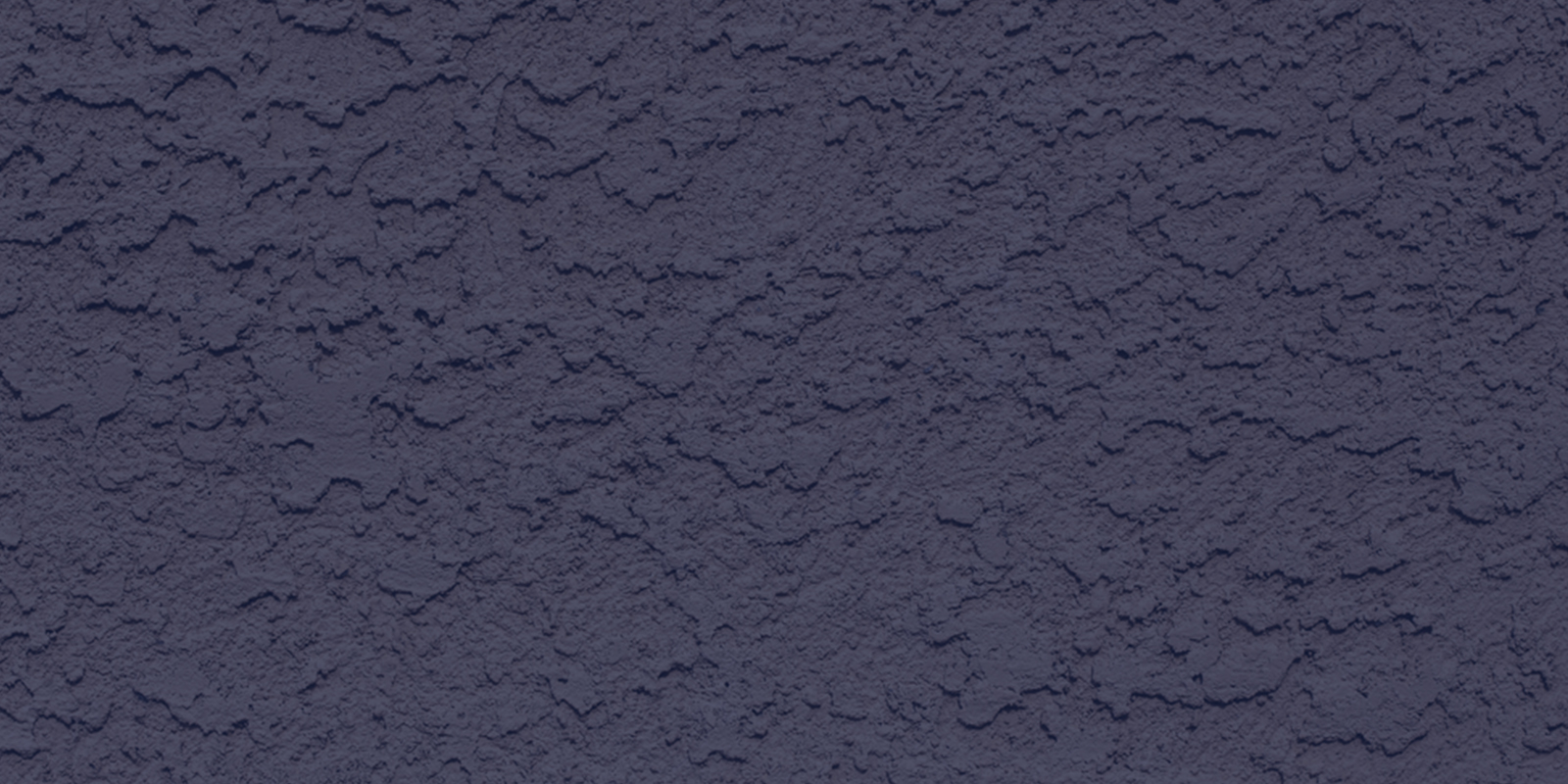Conventional stucco (also known as “Portland cement plaster”) is a widely-used material consisting of a combination of Portland cement materials, aggregate, and water. Stucco is a durable, fire-resistant material that can withstand extended exposure to weather. However, due to its inherent brittleness, stucco can also exhibit distress from cracking. Common causes of cracking in stucco veneer are material shrinkage, deficient attachment of the lath to which the stucco is applied, deficient control joint detailing, and/or movement due to swelling of substrate materials from trapped moisture within the wall assembly. The size, orientation, and pattern of stucco cracking often provide evidence of the cause of the distress.
Stucco shrinks in the plane of the wall when it cures and dries. This shrinkage is restrained by the metal lath and its attachments to the underlying wall sheathing. Control joints must be placed at appropriate intervals and in appropriate locations to accommodate the in-plane shrinkage of the stucco. Poorly designed and/or installed control joints can result in both cracking of the stucco and water penetration into the wall system (Figure 1).
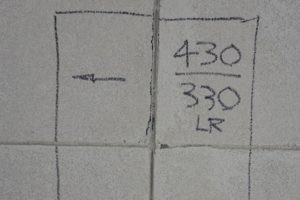
Figure 1. Cracking at stucco control joint (left side)
Holes in the underlying weather resistant barrier (WRB), such as those caused by overattachment of control joint hardware, can provide a direct path for water to penetrate to the sheathing (Figure 2). Common wood sheathing materials, such as oriented strand board (OSB) will subsequently swell significantly when they absorb the water which has penetrated through the WRB. This substrate swelling can push the stucco outward, exacerbating surface cracking and resulting in progressive water intrusion into the stucco assembly over time (Figure 3).
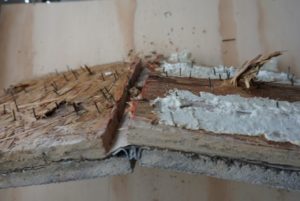
Figure 2. Overattachment of control joint accessory and metal lath
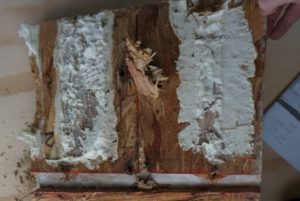
Figure 3. Evidence of water intrusion at backside of OSB sheathing
Improper installation of control joints (Figure 4) can result in stucco separating from the joint.
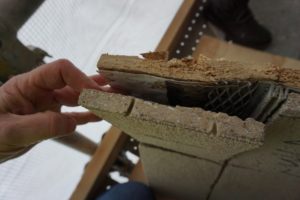
Figure 4. Improperly installed control joint (not properly connected/lapped with metal lath in the field of stucco panel)
Nelson’s team of building envelope specialists are expert in investigating the many causes of cracking in stucco veneer, including common control joint issues.
